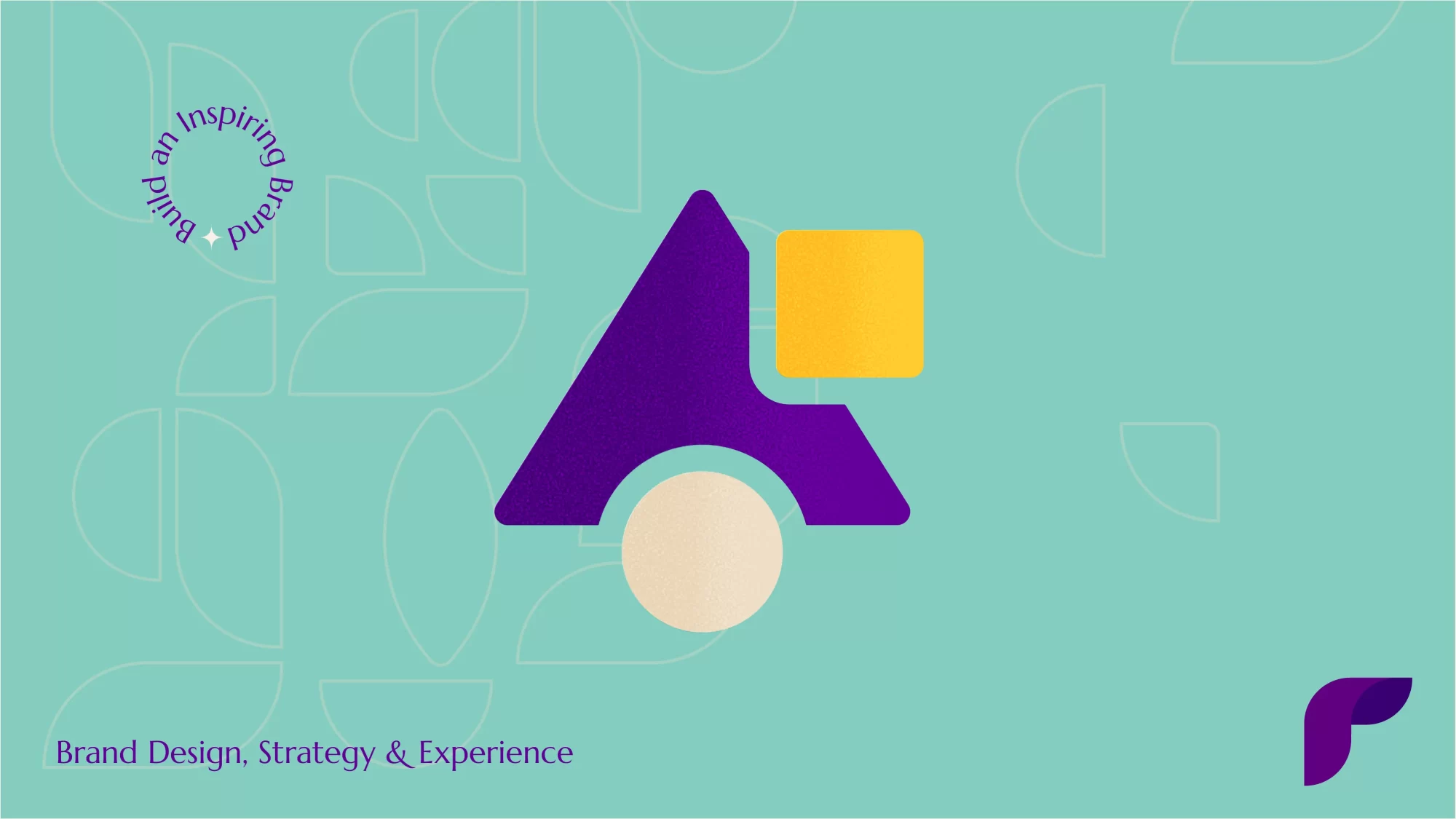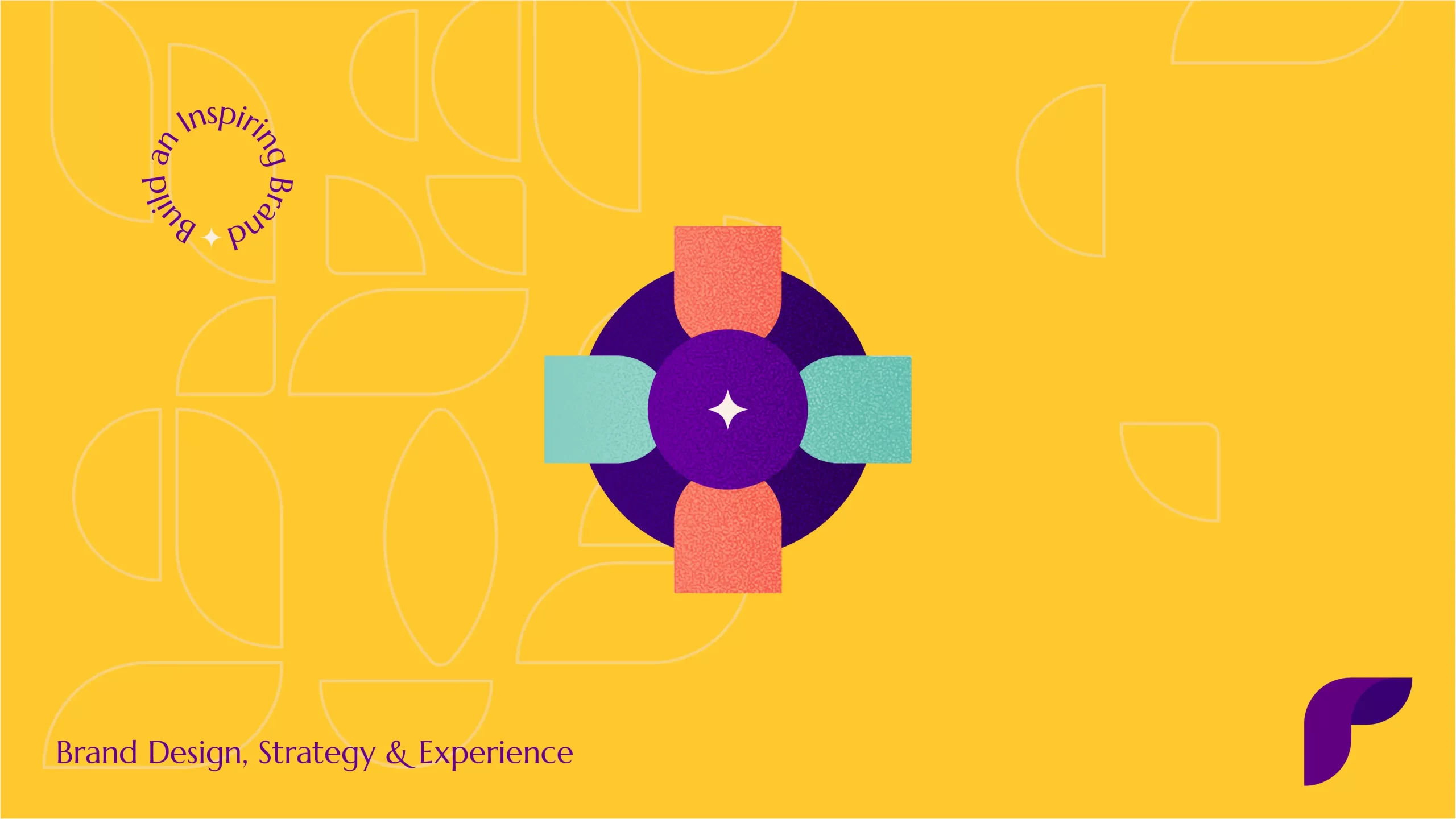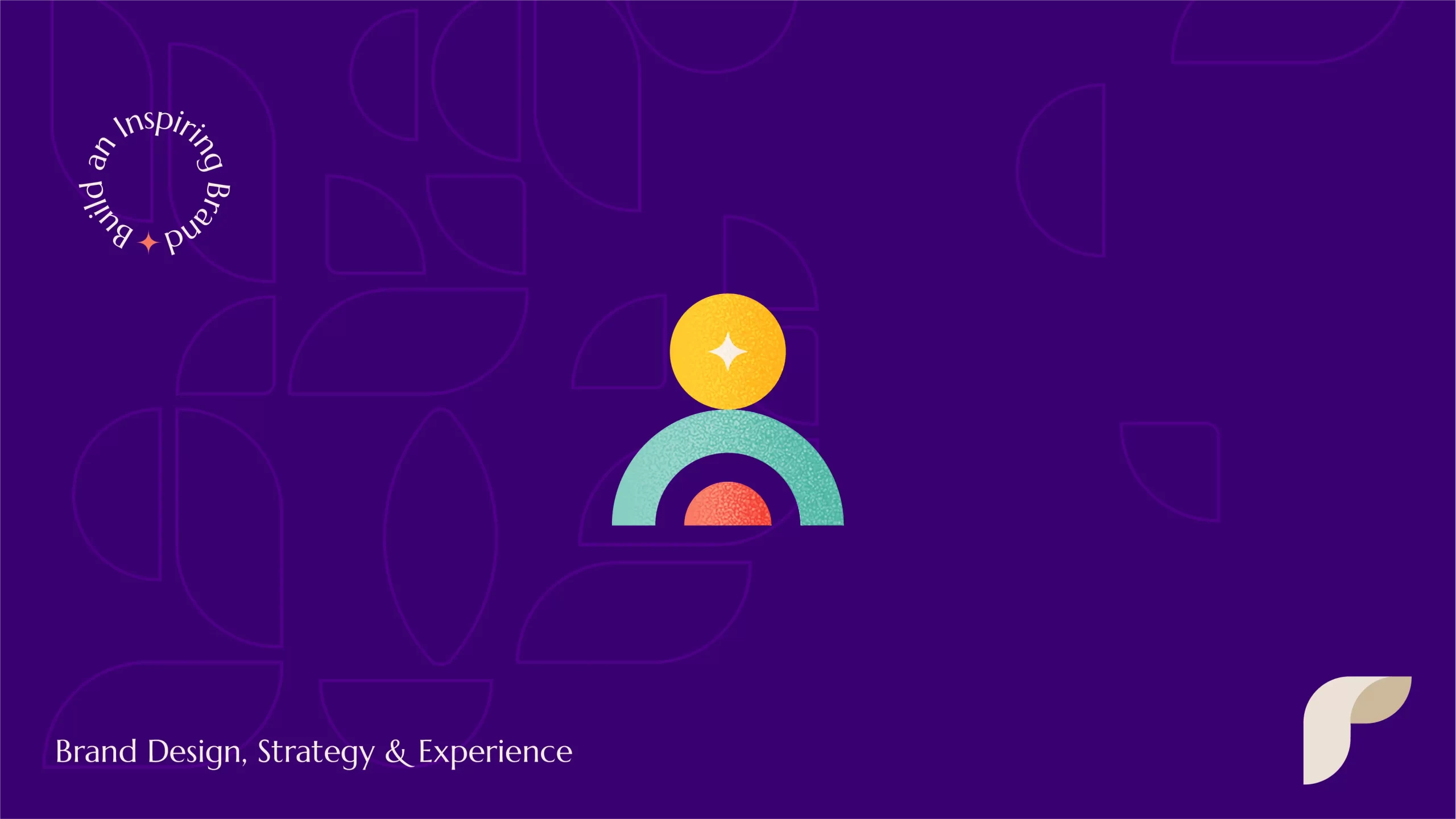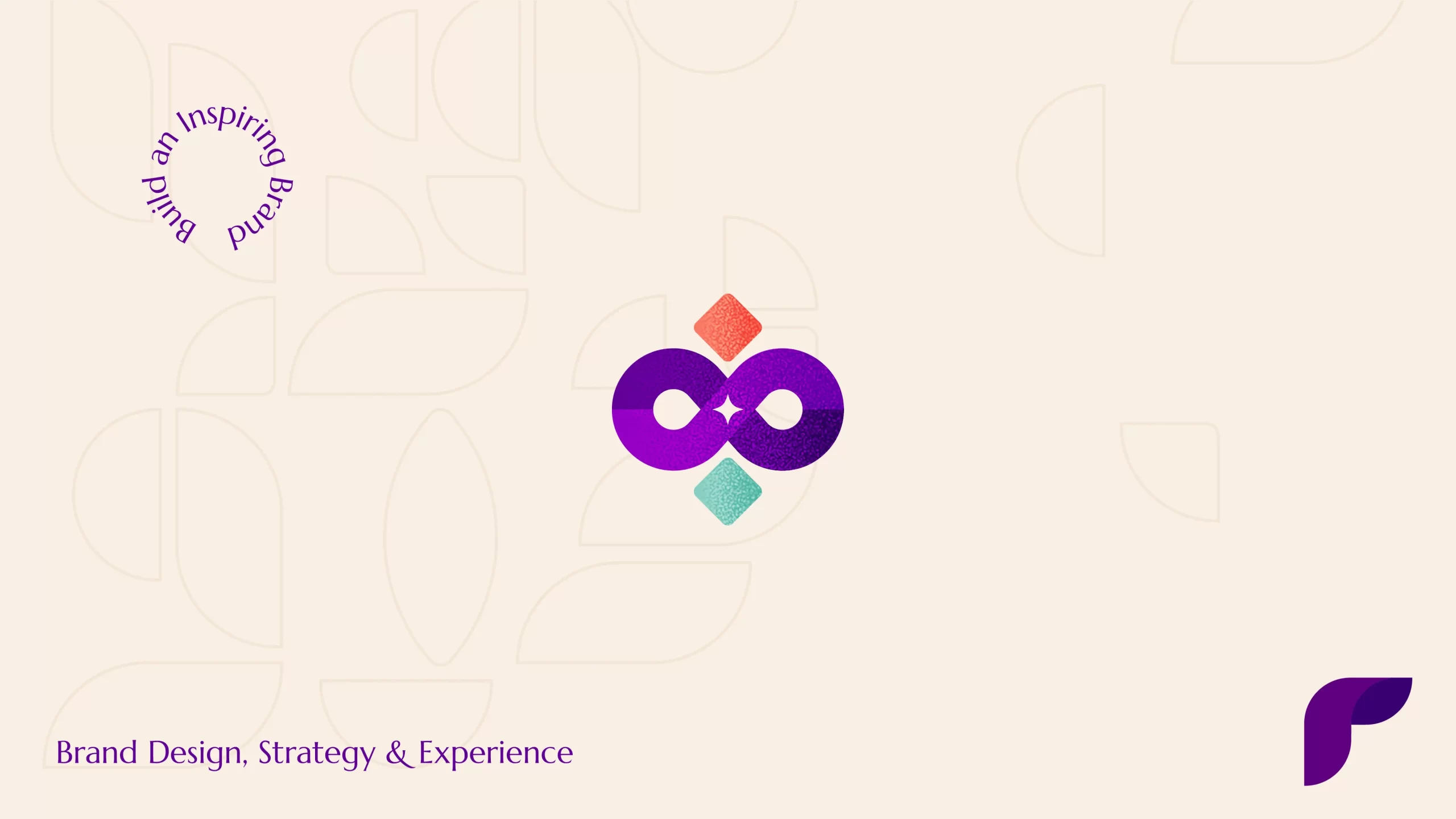As we stand on the cusp of 2023, web design is undergoing a transformative journey, largely driven by the integration of Artificial Intelligence (AI). The current state of web design is marked by an interplay of creativity and functionality. But the anticipation of AI’s role in shaping the future brings both excitement and apprehension.
Here is a practical exploration of AI’s impact on web design in 2024 and some strategies for adapting to these advancements.
What’s in this article?
The rise of AI tools in web design
AI-powered design tools have become integral to the web design world, automating various aspects of the creative process. Examples include tools like Canva, which utilizes AI algorithms to suggest design elements based on user preferences, and Adobe’s Sensei, which incorporates machine learning for intelligent image and layout recommendations.
There have even been some recent advancements that have helped users make websites in seconds. Tolls like 10Web just need text prompts from your end. Your website – complete with designs, content, layout, and development – will be ready in seconds.
These tools streamline the design process, offering users the ability to create visually appealing and cohesive designs with minimal effort. Leading tech companies have embraced AI in web design to enhance efficiency and stay ahead of the curve.
For instance, Google’s AutoML allows developers with minimal machine learning expertise to build high-quality models. This enables more personalized and responsive web design. Additionally, companies like Wix and Squarespace leverage AI to provide users with design suggestions tailored to their brand identity and industry.
Streamlining processes and enhancing efficiency
One of the key advantages of AI in web design is its ability to streamline processes and enhance efficiency. Tasks that once required significant time and effort, such as image optimization, can now be automated through AI algorithms.
This not only accelerates the design workflow but also allows designers to focus on more creative aspects of the project. AI has also opened new avenues for communication and collaboration in web design.
Tools like Daz 3D use AI to generate lifelike 3D models, providing designers with realistic samples that can be easily shared with clients for feedback. This not only improves the client-designer relationship but also accelerates the approval process by offering a tangible preview of the final product.
AI vs. human creativity
The integration of AI in web design has sparked concerns about the potential replacement of human creativity. If you can find tools that create websites for free in seconds, why do you need to pay thousands for a web developer? And if you can work at your pace and achieve instant results, why do you need to depend on another human?
These points may be true, but there is more that goes on behind the scenes. It is crucial to dispel misconceptions and recognize AI as a tool that augments, rather than replaces, human capabilities. AI excels in repetitive tasks and data analysis but lacks the nuanced understanding, emotional intelligence, and creative intuition that humans bring to the design process.
Web designers and developers may fear that AI could render their skills obsolete in the near future. However, the reality is that AI is a complementary force, automating routine tasks and allowing designers to focus on higher-order creative thinking. Rather than replacing designers, AI serves as a collaborative partner, amplifying the impact of human creativity.
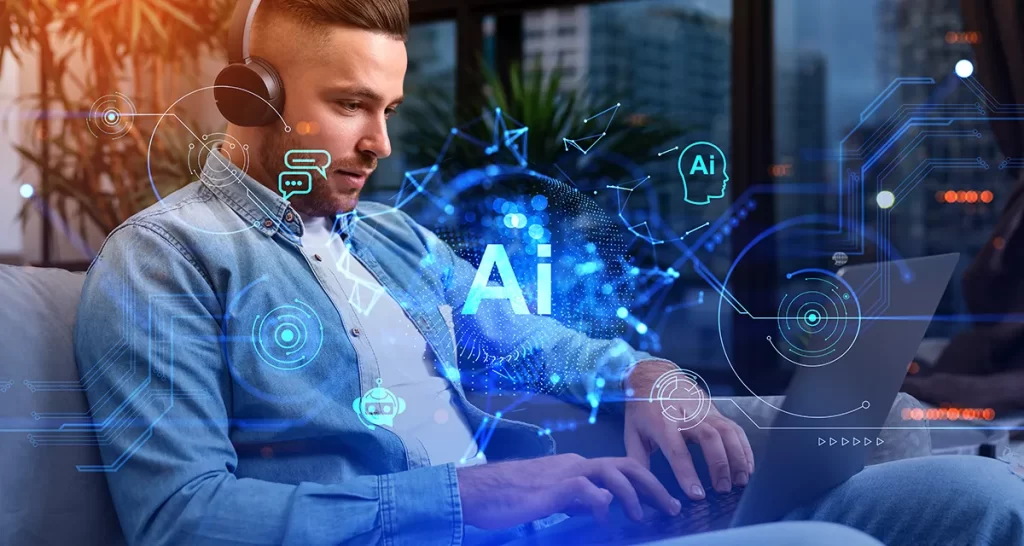
The potential for collaborative efforts
The synergy between AI and human creativity holds immense potential for groundbreaking designs. AI can analyze vast datasets to identify design trends and user preferences, providing valuable insights for designers.
By working in tandem, designers and AI can create more personalized, user-centric experiences. This makes the process of delivering results faster, easier, and more customized and editable. It helps creators seamlessly blend aesthetics with functionality to achieve customer satisfaction.
The future of web design lies in the harmonious collaboration between human creativity and AI capabilities. Designers should view AI as a tool that augments their skills, enabling them to achieve optimum results. Incorporating AI in the design process requires a mindset shift – from resistance to collaboration – as designers learn to leverage AI for tasks that align with its strengths.
Also read: How do you keep your website design’s branding consistent?
Adapting to AI advancements
To thrive in the landscape of web design, professionals must turn to continuous learning and skill development. Understanding the capabilities and limitations of AI tools allows designers to leverage them effectively.
Before upskilling oneself, it is important to become aware of the latest technologies and what they can do. Is there a way you can make your design or ideation process faster or more efficient? Is there a new tool that can help you compliment skills that you fall short on? For example, using an AI tool if you lack the skills to create wireframes.
It is also a good idea to upskill yourself in terms of technical aspects. Upskilling in areas such as data analysis and machine learning concepts empowers designers to harness the full potential of AI in their work. The integration of AI opens doors to new technologies that can significantly enhance design outcomes.
Virtual and augmented reality, for example, can be seamlessly integrated into web design to create immersive user experiences. By staying abreast of technological advancements, designers can push the boundaries of creativity and offer innovative solutions to clients.
Conclusion
By this point, it’s clear that the integration of AI is not a threat but an opportunity for growth and innovation. The rise of AI tools streamlines processes, enhances efficiency, and opens new possibilities for creative expression.
While concerns about job displacement and the erosion of human creativity linger, it is better to view AI as a collaborative partner rather than a competitor. The future of web design in 2024 envisions a harmonious relationship between human designers and AI, where each complements the strengths of the other.
Designers who adapt to the changing dynamics will not only survive but thrive in this era of AI-driven design. By fostering a positive outlook and leveraging the capabilities of AI, web designers can witness unparalleled creativity and innovation.

